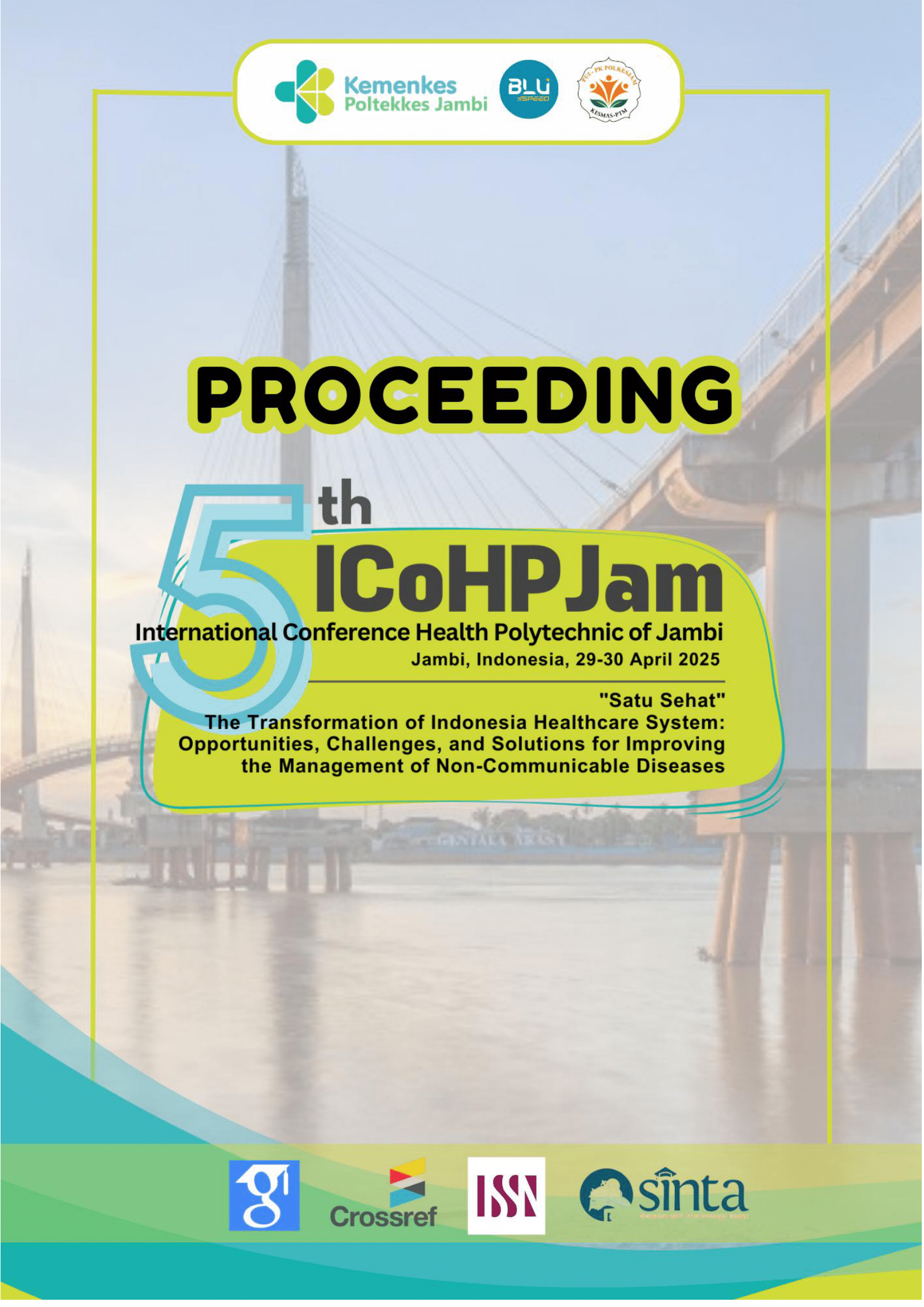The Proportion of Animal Protein Consumption with A Prevalence of Stunting, Wasting, and Underweight in Toddlers in Indonesia
Abstract
Background: Stunting, wasting, and underweight are the main indicators of malnutrition that have a significant impact on children's growth and health. In Indonesia, the prevalence of these conditions is still high, especially in children under the age of two. One of the factors causing this nutritional problem is low consumption of animal protein. This study aims to analyze the relationship between the proportion of animal protein consumption and the prevalence of stunting, wasting, and underweight in children under the age of two in Indonesia using data from the 2023 Indonesian Health Survey (IHS).
Method: This study used a cross-sectional design with aggregate data from 38 provinces in Indonesia. Bivariate analysis used the Spearman correlation test.
Result: The results showed that the proportion of animal protein consumption was significantly associated with the prevalence of stunting (p-value 0.000), underweight (p-value 0.001), and wasting (p-value 0.003). The data showed that areas with higher animal protein consumption, such as Java and Bali, had a lower prevalence of nutritional problems compared to areas such as Nusa Tenggara and Papua.
Conclusion: This study concluded that there was a significant relationship between the proportion of animal protein consumption and the prevalence of stunting, wasting, and underweight in children under the age of two in Indonesia. Increasing access to animal protein consumption is an important step in reducing the prevalence of malnutrition among children. This study is expected to provide recommendations for more effective interventions in addressing nutritional problems in Indonesia.



